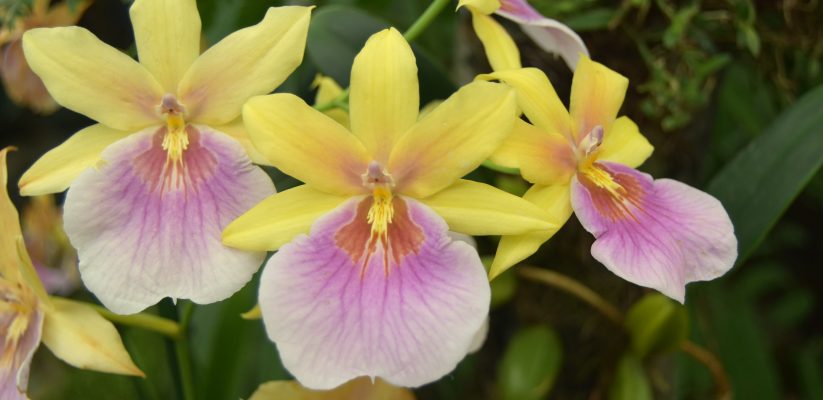It was an amazing experience to visit the Royal Botanical Gardens at Kew earlier this month. I was so excited to see the Orchid Festival at the Gardens running from 4 Feb-5 Mar 2017, but the event truly surpassed my expectations. Being an agriculturist I was inspired by one of my teachers back in Bangladesh Dr Mirza Hasanuzzaman to explore the winter plants of the famous garden. In the entrance of the garden, the wider roads with larger trees welcome everyone. My mind was dancing when I saw the beautiful colors of Snow Crocus flowers on the field and near the large trees. It gave me an immense peace.
Palm House
I have never seen such botanical wonder! Asian, African and American tropical rain forests are explored in the Palm House: a tropical wonderland in an elegant way. It is a small forest with diverse tropical exterior and interior collection of trees! The temperature, humidity and light are maintained perfectly and I was amused when I learned that it has been maintained since Victorian times. The living fossil, oldest palm tree of the world, largest palm species vanilla tree, bottle palm and many other exciting species. I was flinched by a warble and I found a little bird! In the basement of the house, there is a marine aquarium where colorful fish, turtles, weeds, snails and other creatures create a totally different atmosphere from the upper floor.
Orchid Festival
I dived straight into the beauty of the colors of different orchids as part of the Orchid Festival at the Princess of Wales Conservatory. There were different plants, aquatic ferns, mosses and fish besides orchids. At the front entrance of the glass house, there were varieties of cacti that all had individual amusing beauty. I was so surprised to see the “Master of Disguise” that changes its shape into a pebble when anyone comes close to it to pluck! The art of protection created by cacti with the different types of thorns, beautiful flowers and structures have made me much more interested in them.
After completing the cacti section, I entered into another separate room with Carnivorous plant collection! There are thousands of such plant species and I saw the Venus Flytrap, Crimson Pitcher plant, California Pitcher plant and others. The specialty of these plant species is that they trap different insects into them and get nutrients from them. The plants are usually very attractive and that helps to trap the insects! It is more interesting that not all insect trapper plants are carnivorous in nature. Few plants do it to facilitate their pollination and not for nutritional purposes.
Oh my God, I loved the play of color of various orchids! It is assumed that there are approximately 23,000 orchid species in the world. My eyes got an exceptional opportunity to see the most popular and also rare species of them. I spent a lot of time at a small pond where there were lots of different types of orchids planted at the periphery. A bunch of hanging orchids over the pond added an immense beauty to the area. Then I moved to other chambers and found a peacock made from orchids. It is impossible to compare the colors of all the flowers. I realized that we, humans, often see things in only two colors: black and white, and we often fight with each other over these, whereas the other creations of the nature with a diverse beauty may not behave like us at all.
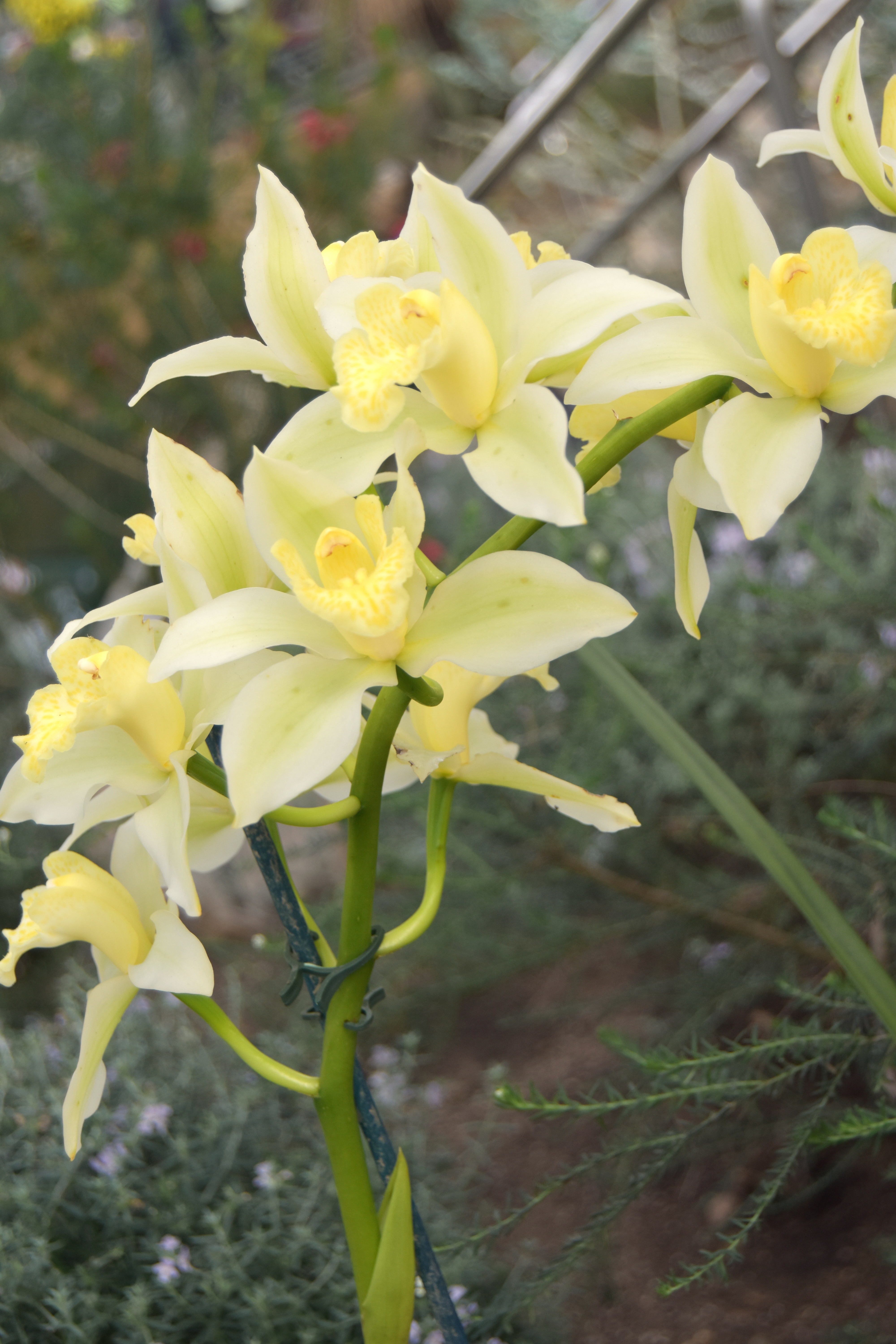
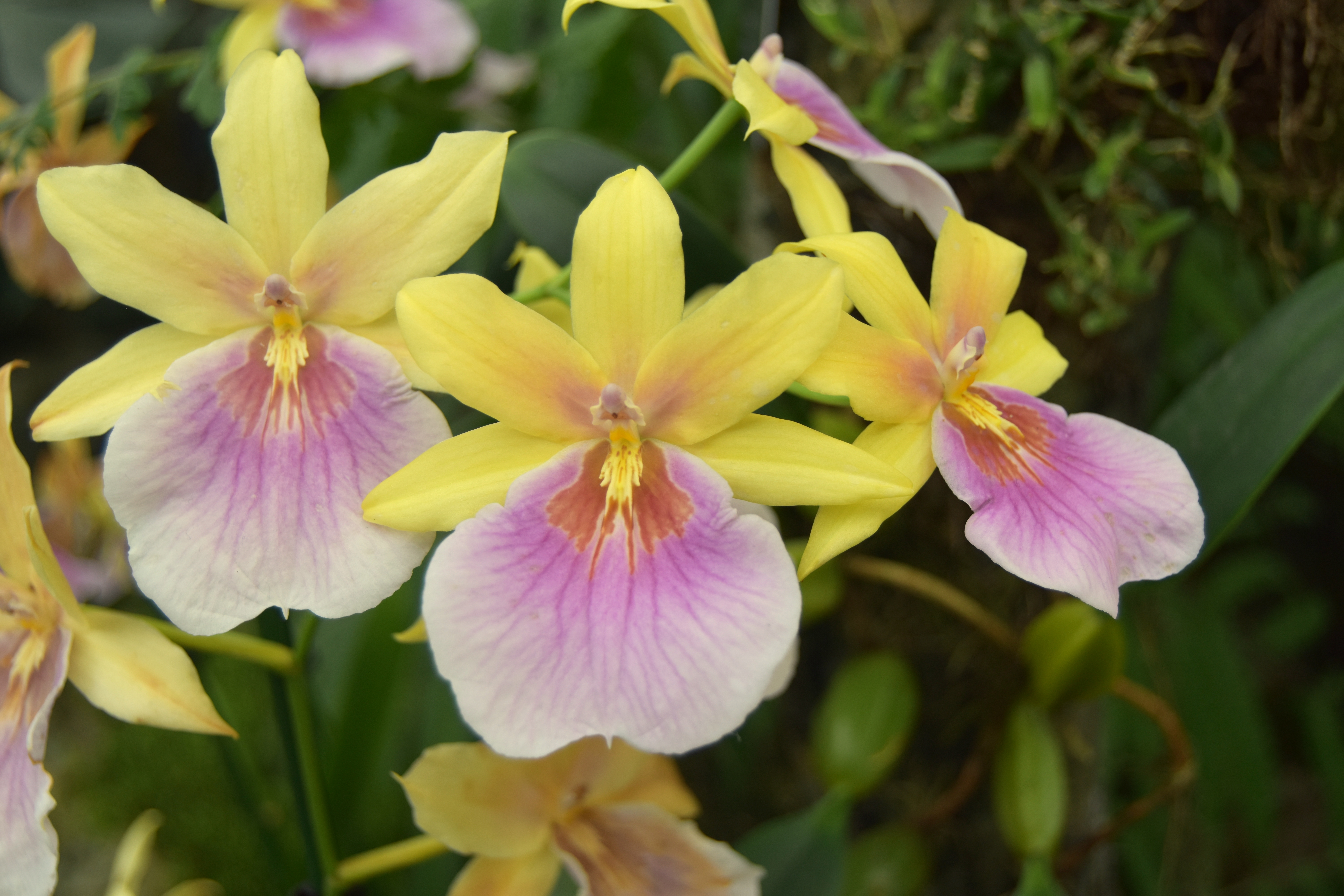
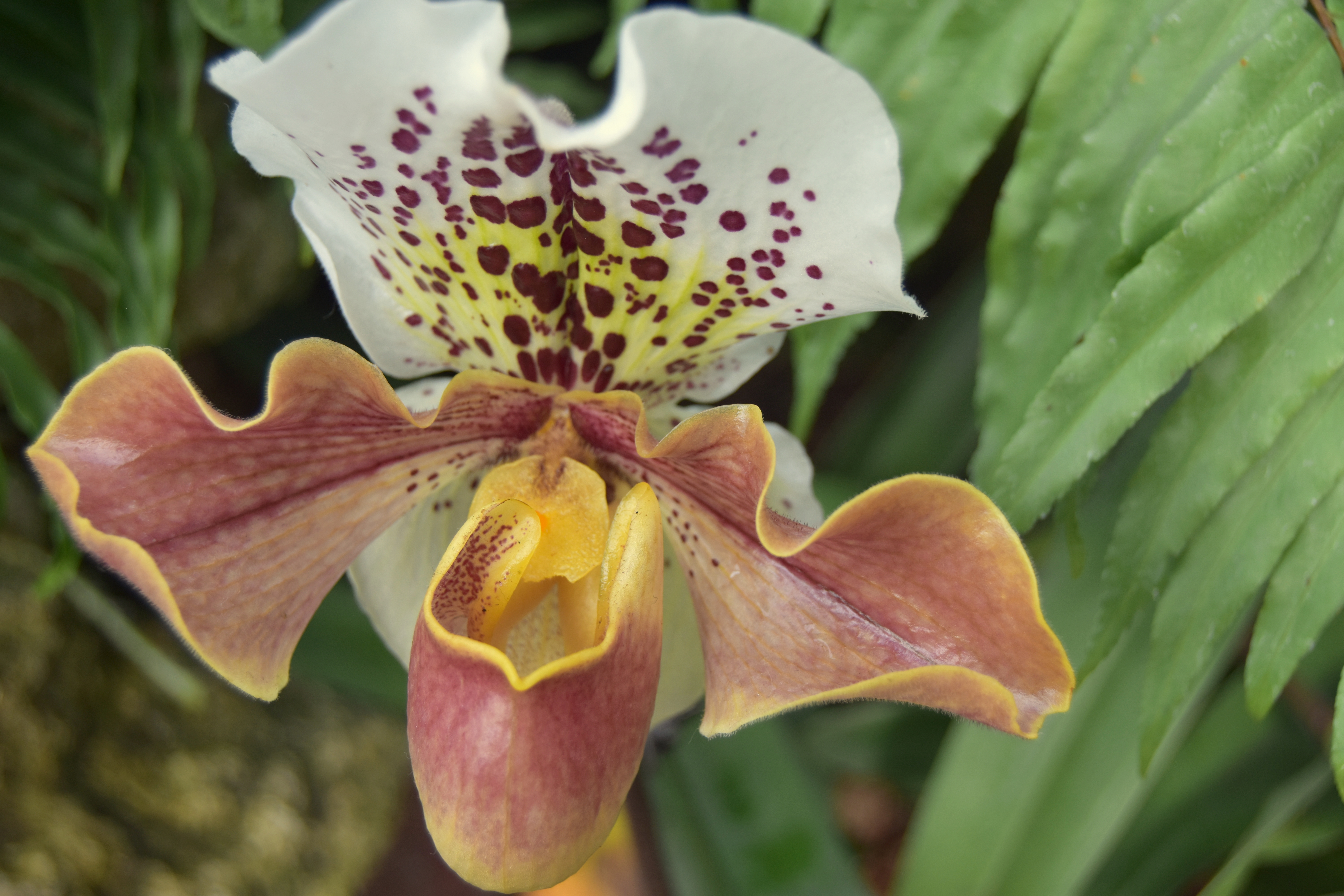
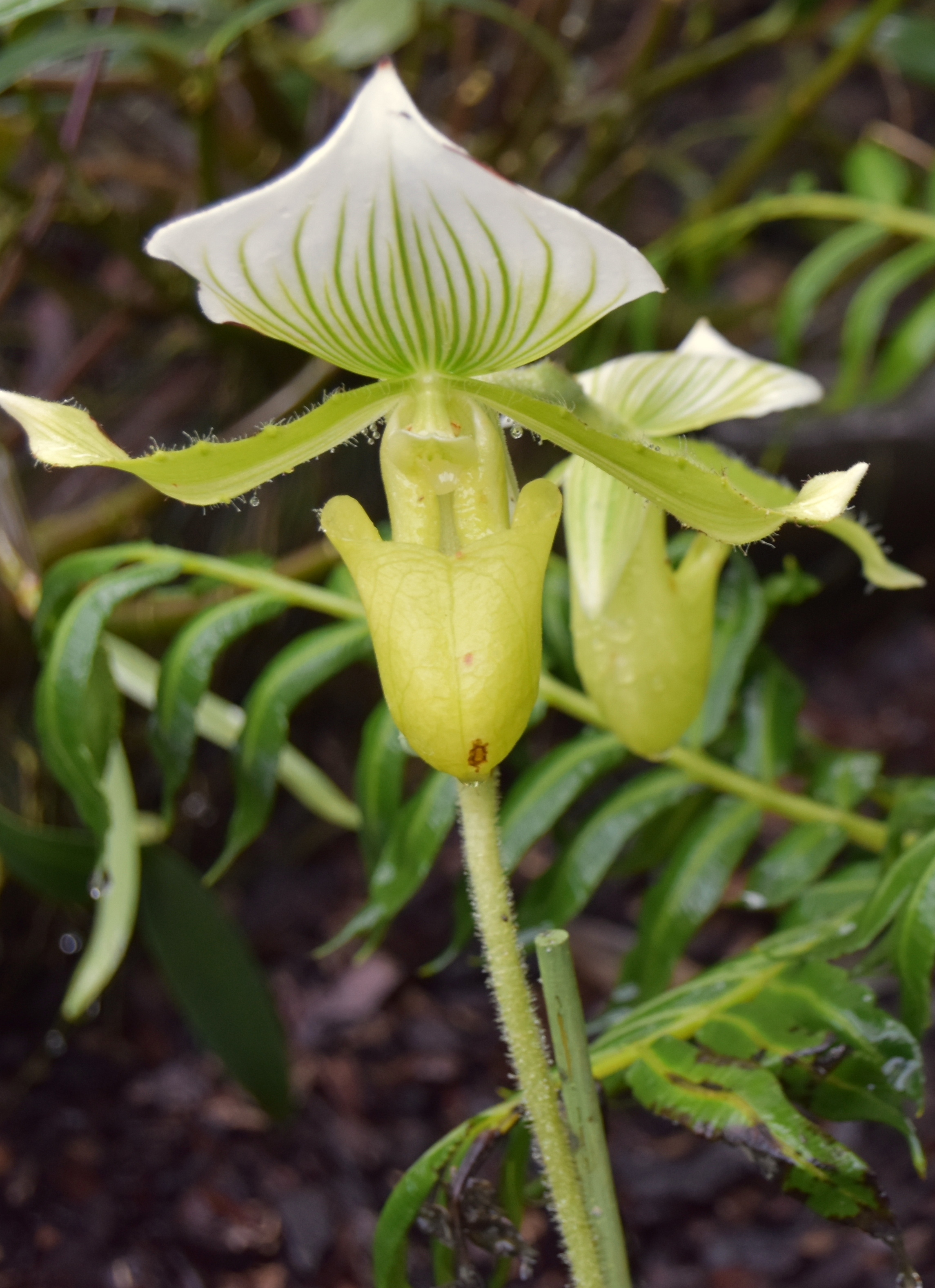
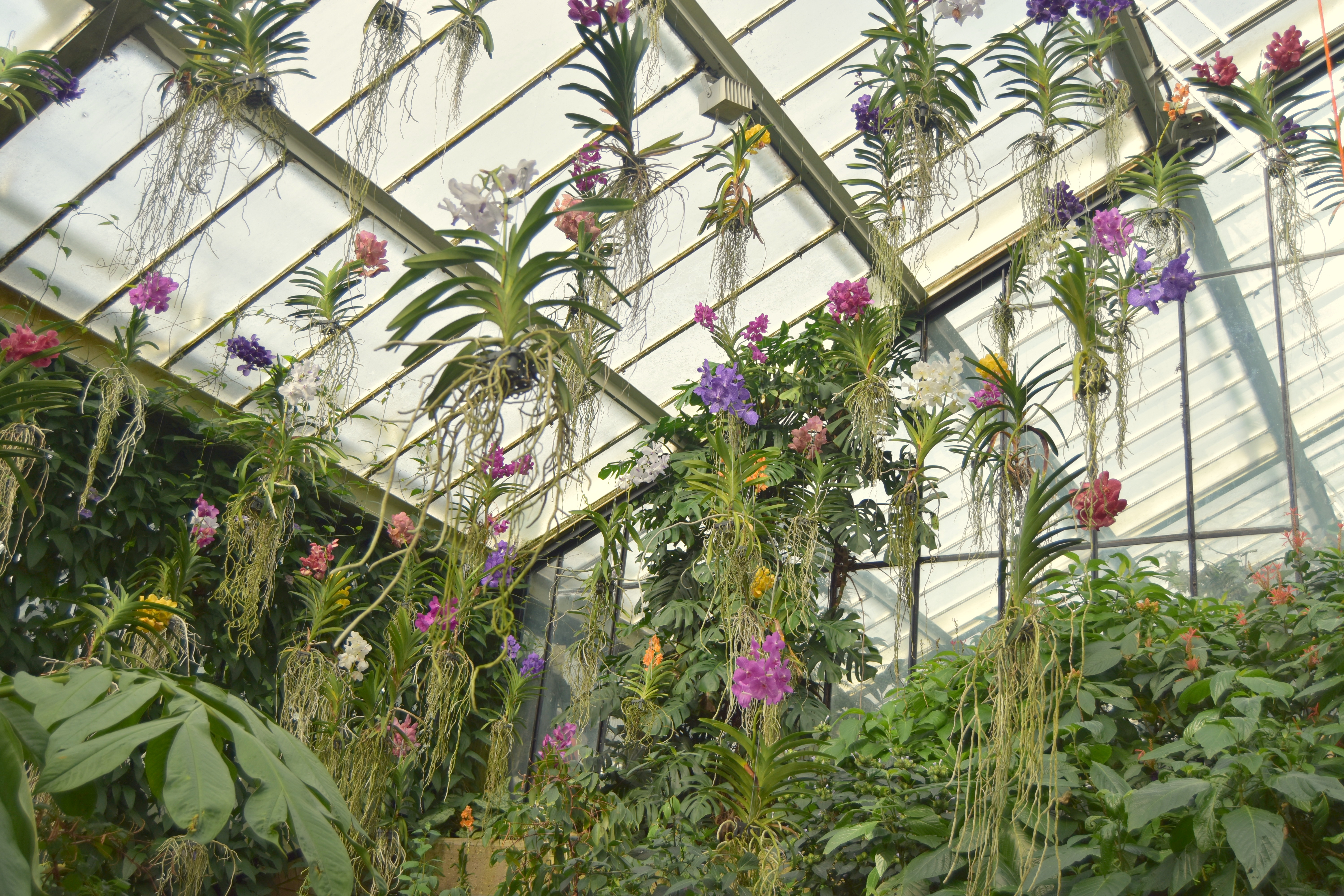
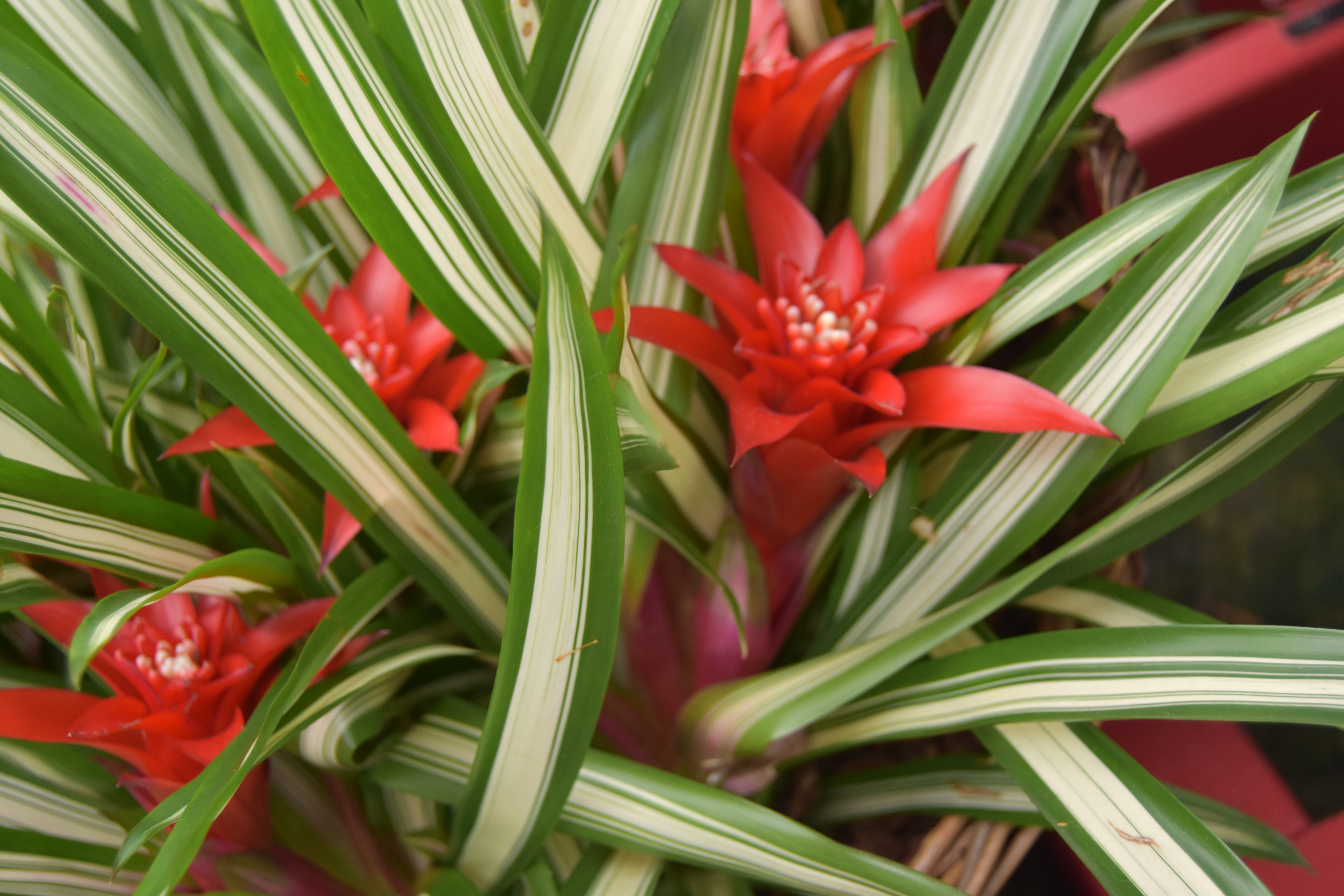
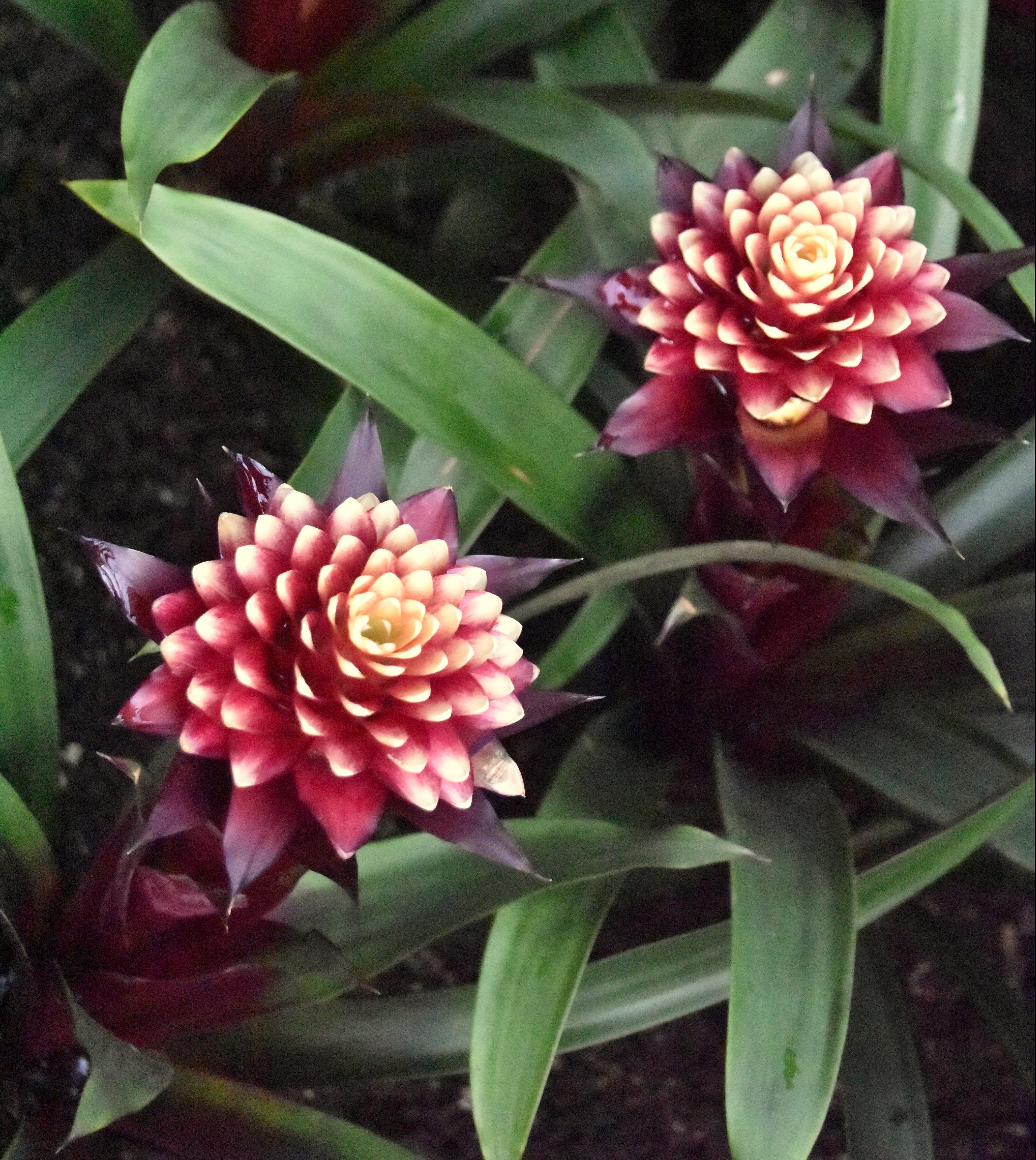
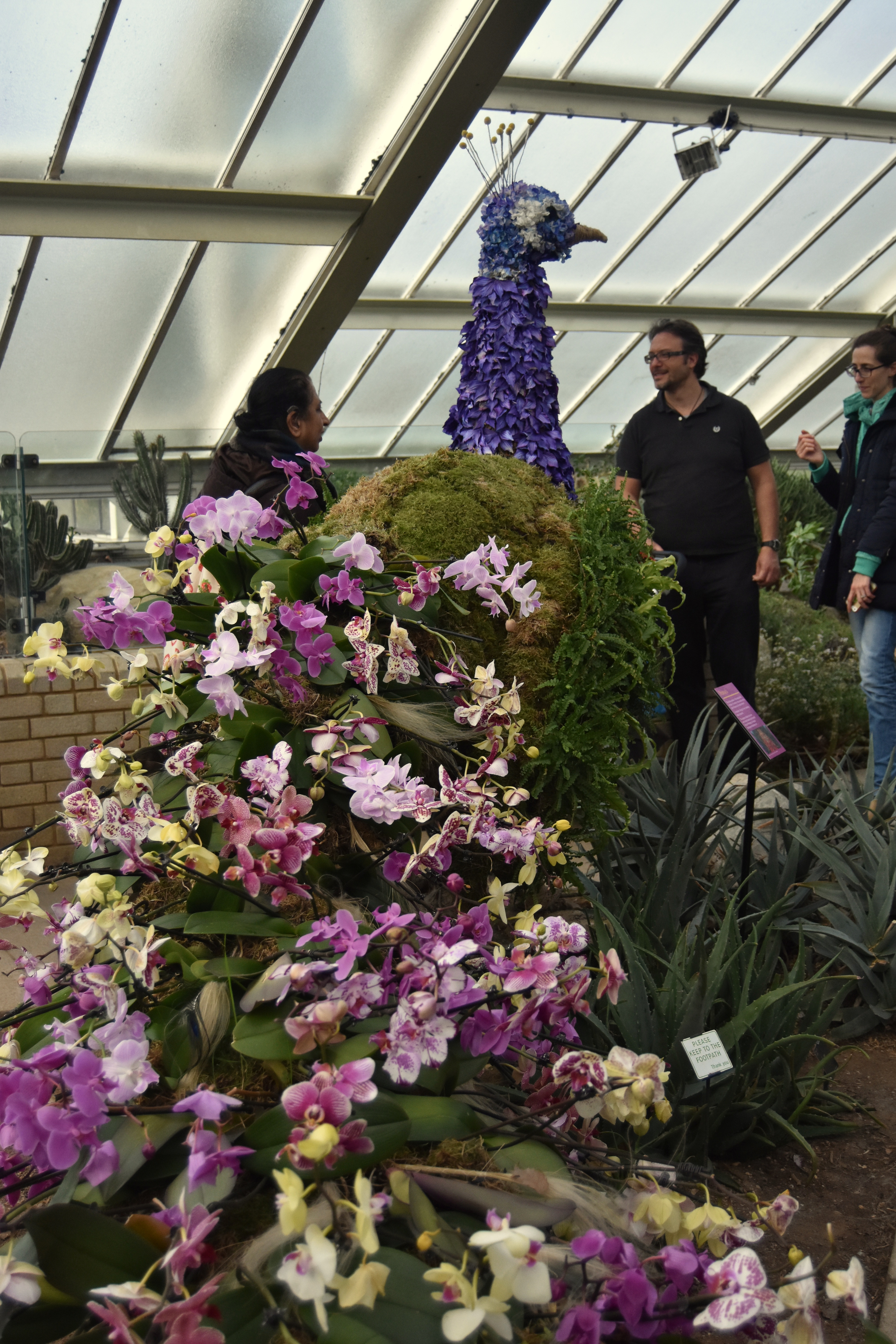
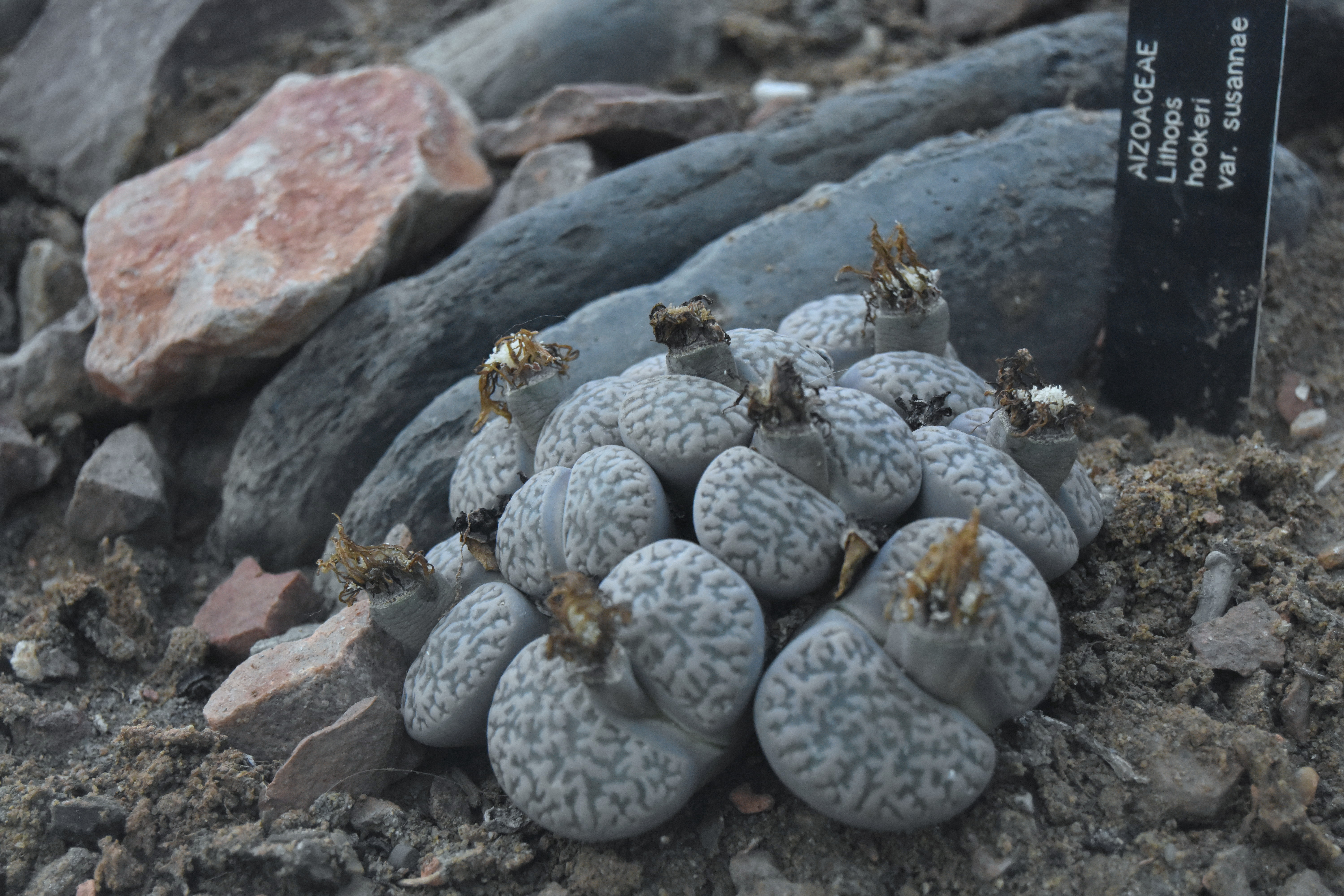
The propagation of orchids is also very interesting. It is mainly by cross pollination and the main agents of it are insects and fungi. They produce seeds but that becomes viable when the fungus is present. For this reason, a flasking method is useful where nutrients for seed growth are provided and fortunately the fungus is also grown there. However, such propagation is complex and sometimes not successful and therefore meristem propagation is very popular for orchids.
Other Places to See
When I came close to a lake there where different birds to see, ducks were dancing on the water, few were taking rest after a long day and a gentle breeze with the sunshine of idle noon touched my face. I felt so nostalgic. I wished I could have stayed there forever! After crossing the lake through Sackler Crossing, I found the Treetop Walkway. It is 18m high into the canopy of lime, sweet chestnut and oak trees. It is an excellent opportunity to see the bird’s eye view of the gardens. I enjoyed the collection of botanical arts at the Marianne North Gallery. I also saw a twisted plant, bee hive and a 257 years old Japanese Pagoda tree for the first time.
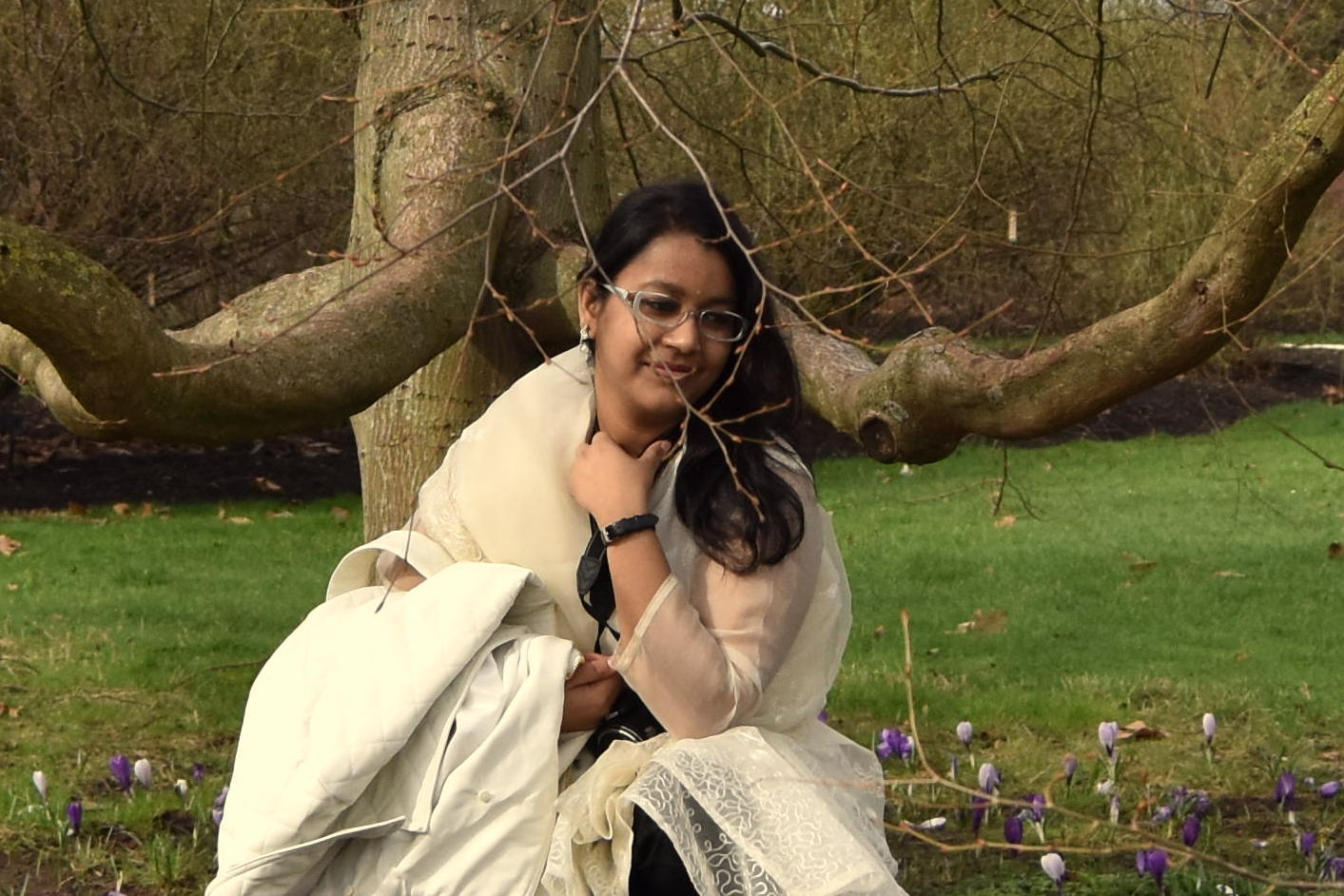
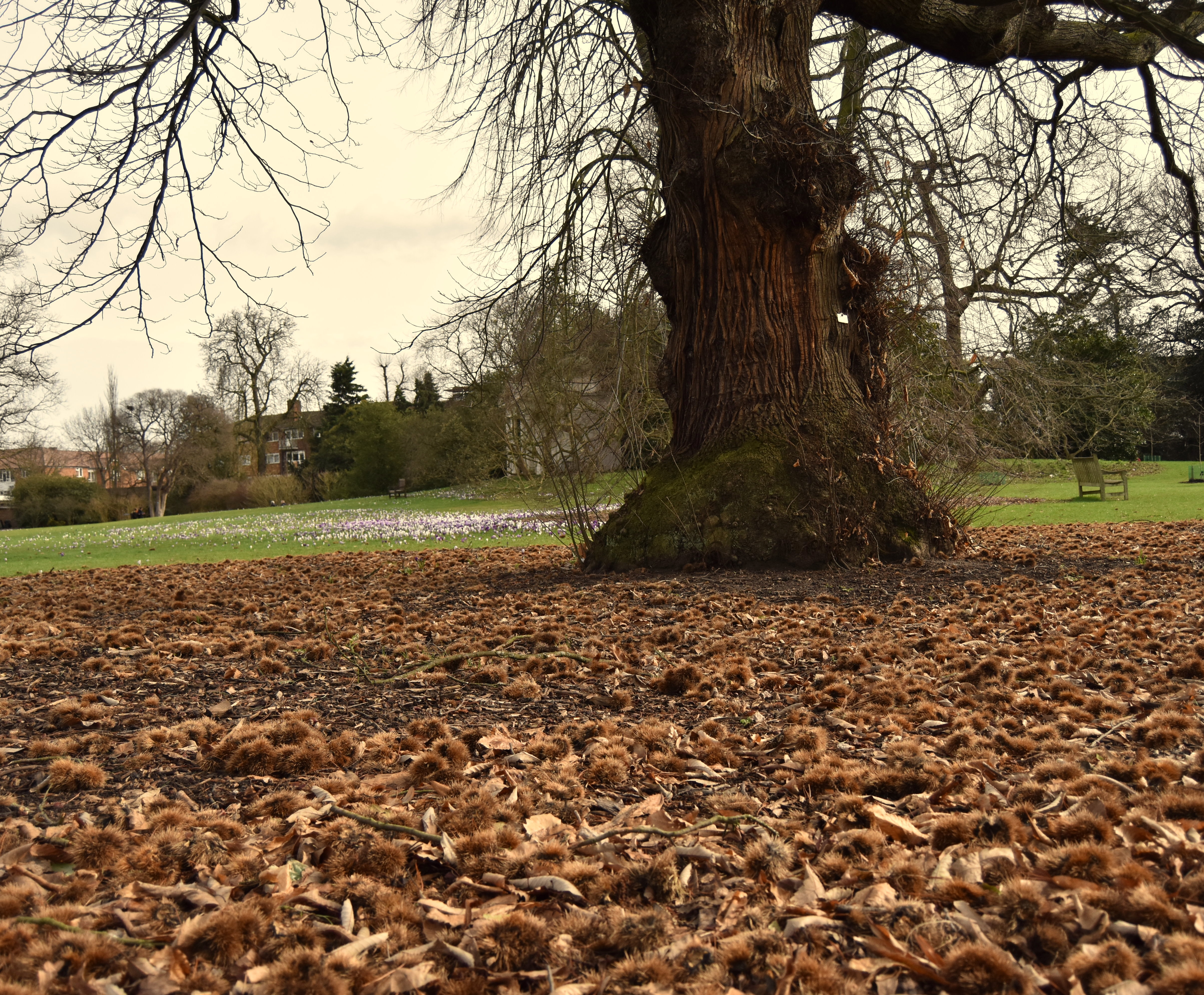
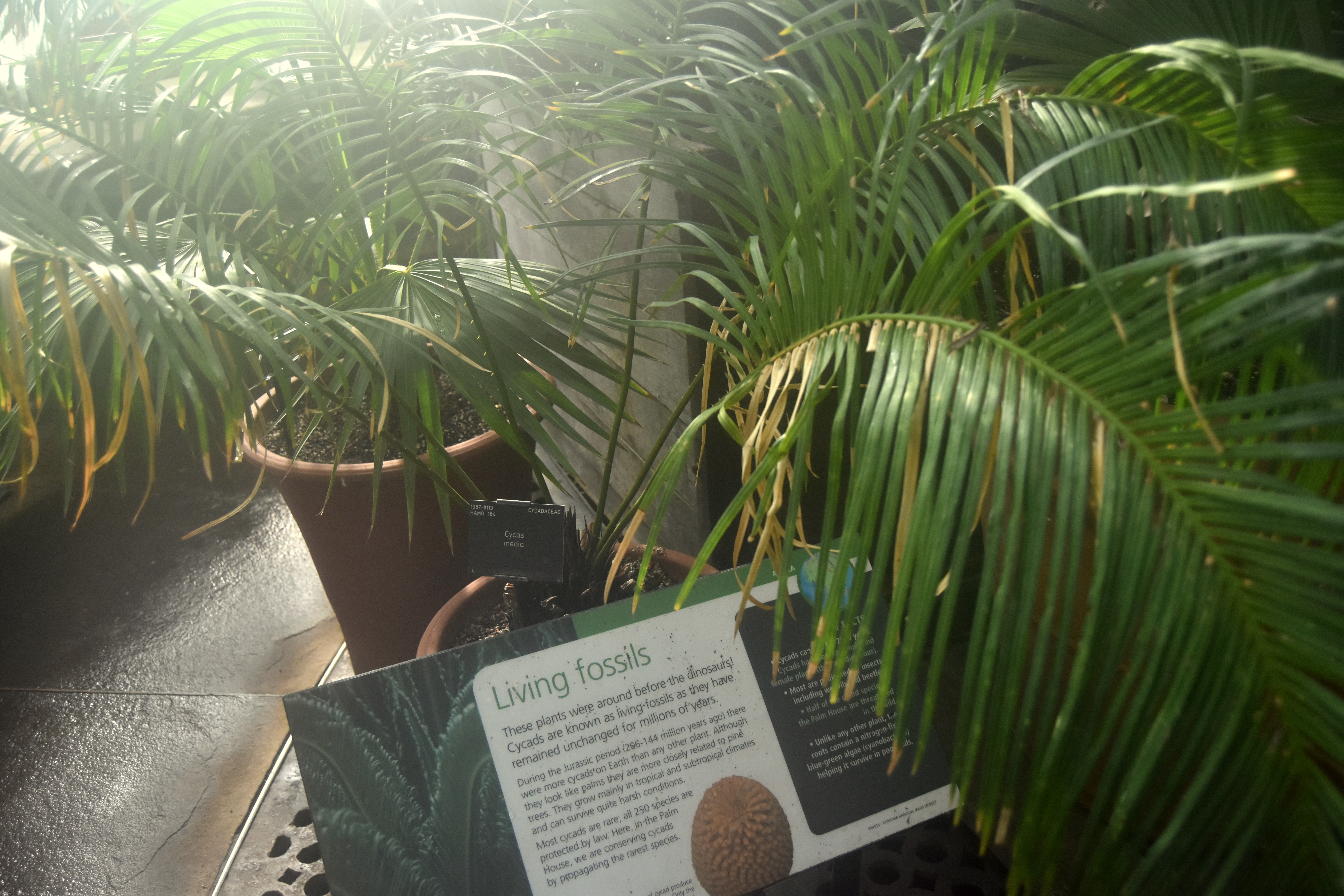
The Kew Gardens offer different beauty at different seasons. In the near future there is an opportunity to enjoy the International Garden Photographer of the Year Exhibition (4 Feb-12 Mar), the Shirley Sherwood Gallery of Botanical Art (25 Mar-17 Sep) and Easter at Kew (1-17 Apr). I am now waiting to enjoy the spring glamor of the garden!
Walking through Woodland Garden, the whistle of birds, various trees alongside the roads, the play of light and shadow created a rhythmic poem inside me that was felt not uttered. These experiences cannot be fully expressed in words, they need to be enjoyed in person and felt in the moment.
